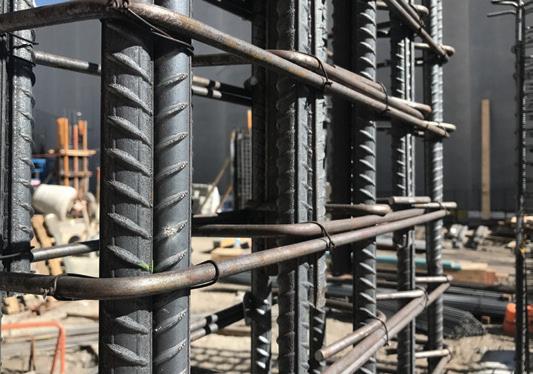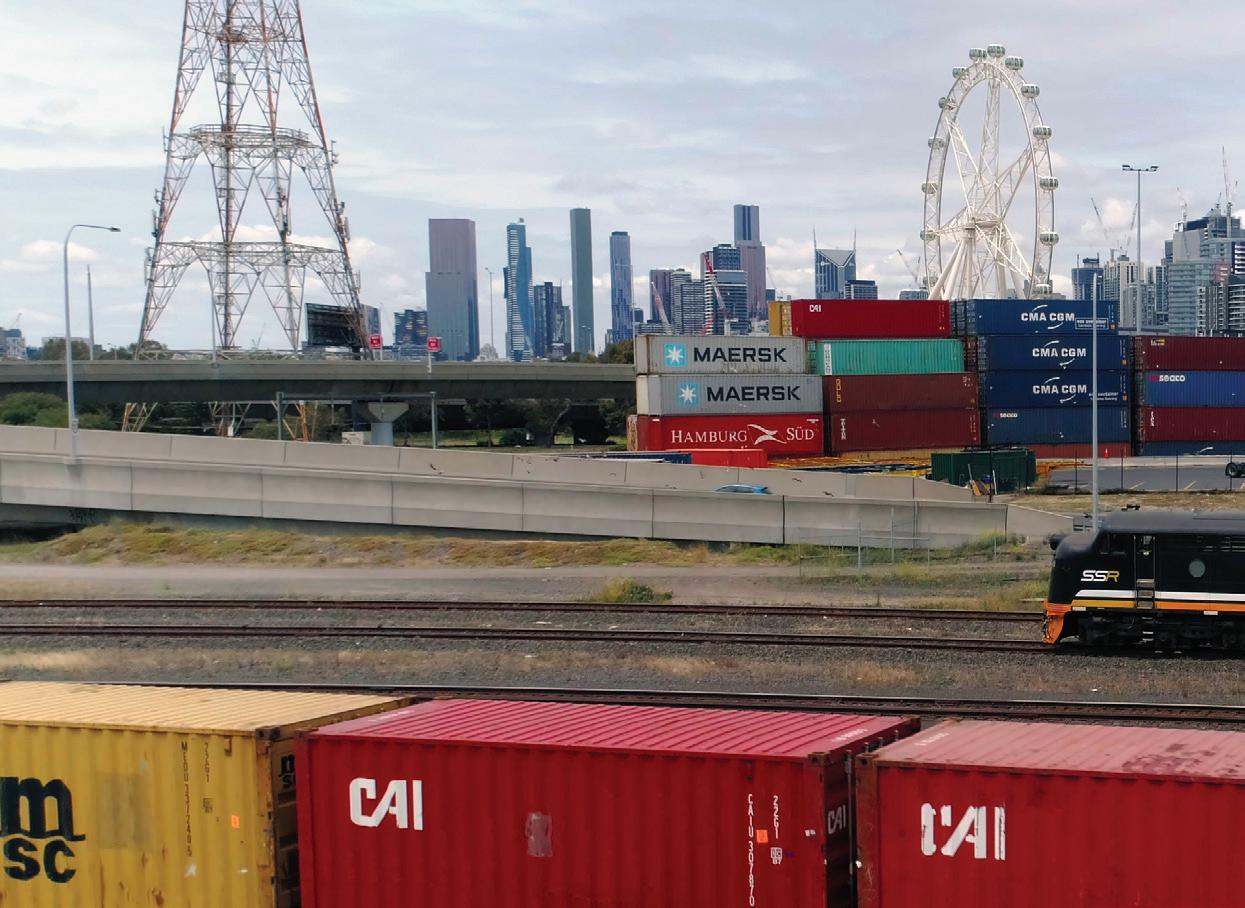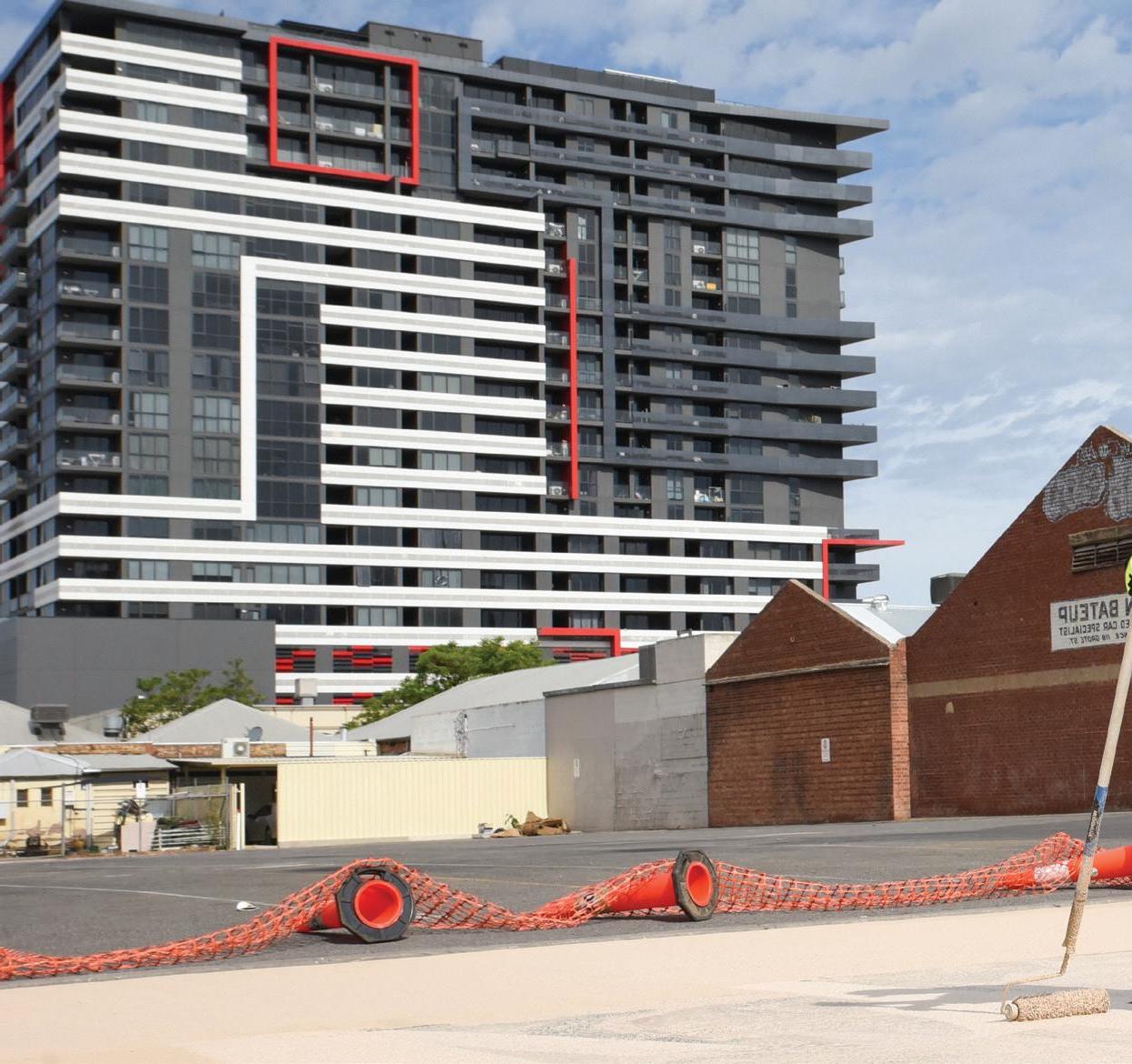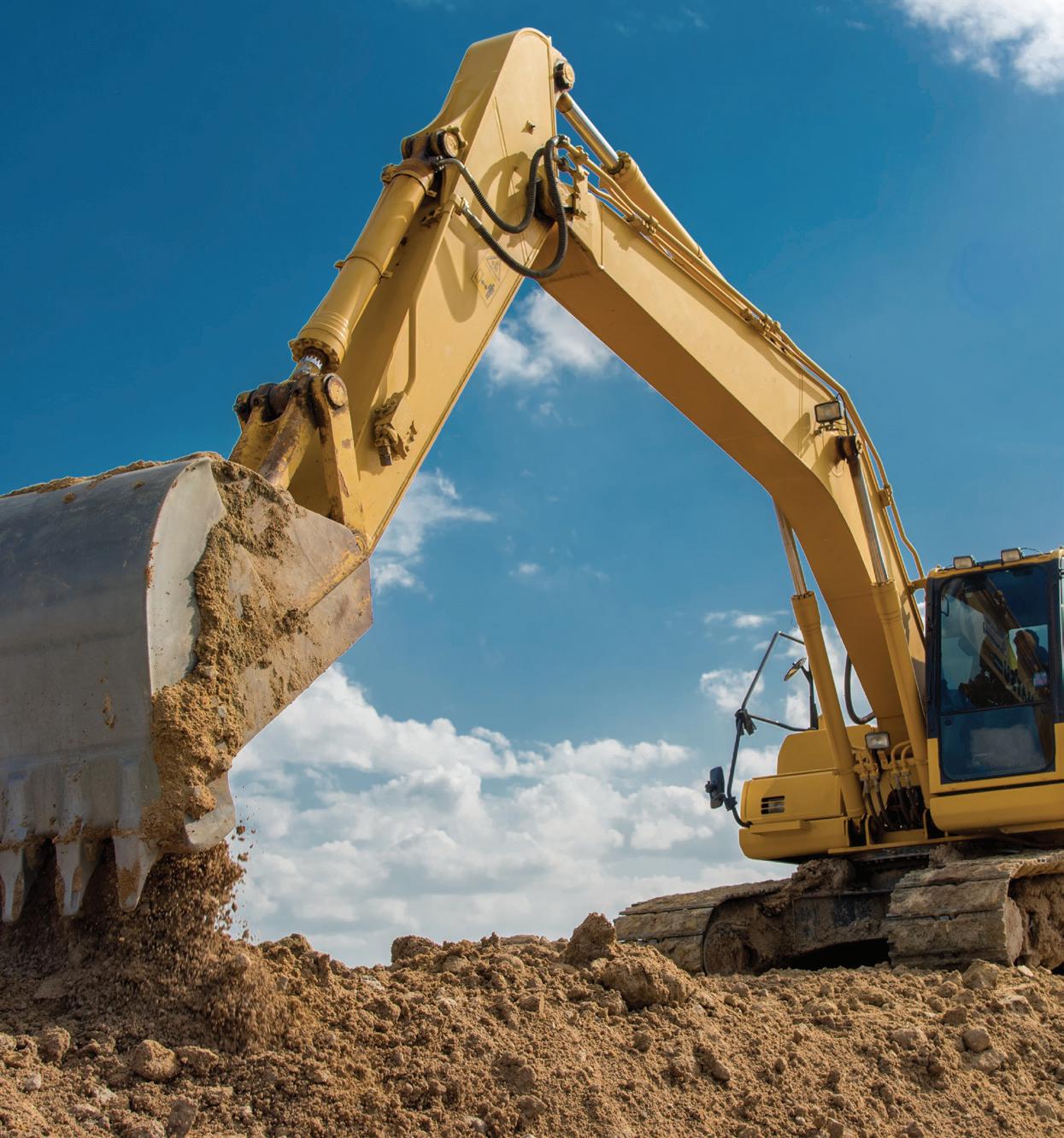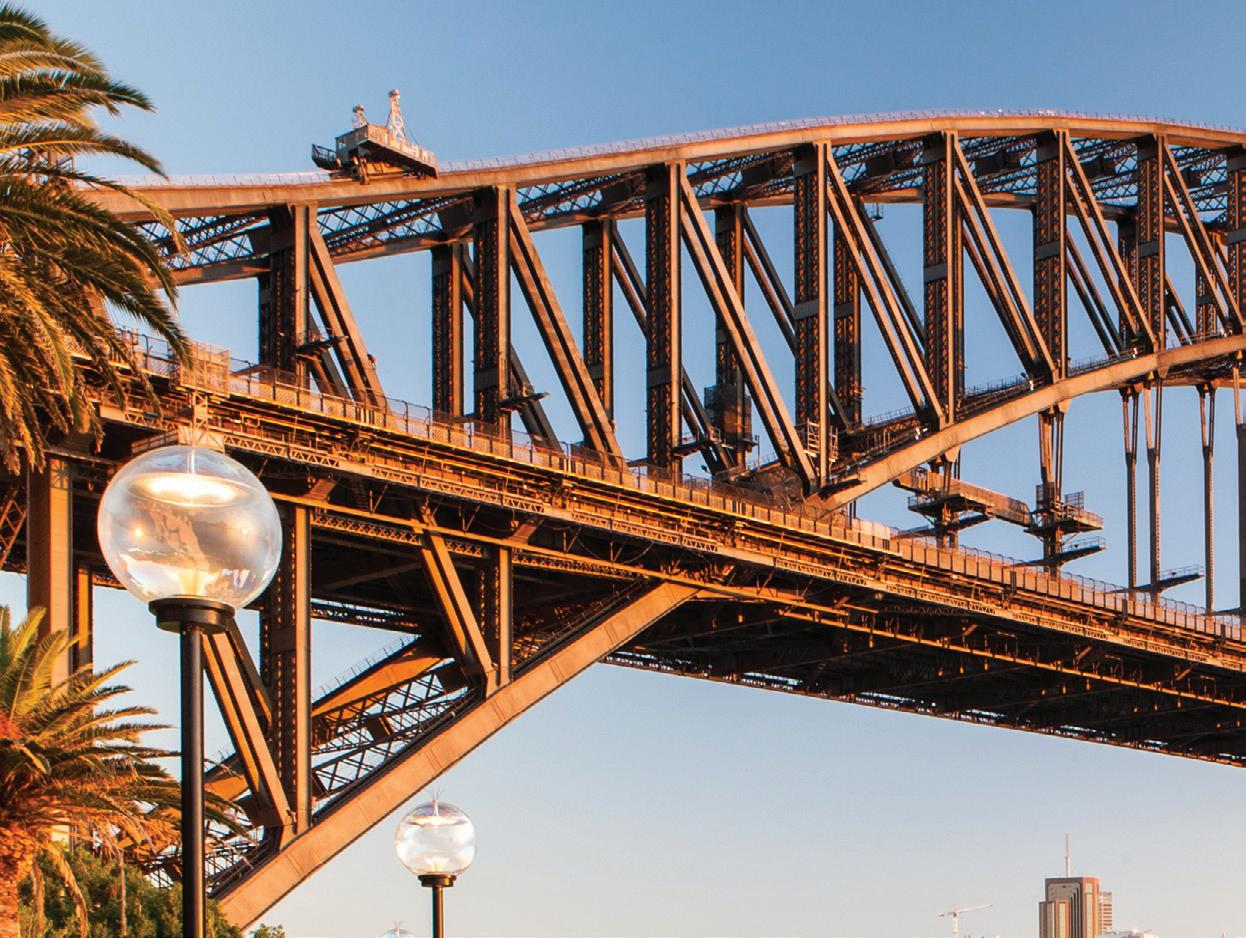PORTS
PORT BOTANY ON TRACK TO
SUPPORT NSW A by Marika Calfas, CEO, NSW Ports
ustralia is an island nation and the state of NSW has the largest population in the country. Connecting NSW and Australia with the global marketplace is the foundation of Port Botany. Just 40 years ago, the port was built to enable NSW to handle containers – the new form of goods transport at the time. The construction was described at that time as “one of the biggest and most complex engineering projects ever undertaken in NSW”. Today, Port Botany has cemented its position as Australia’s premier port and is inextricably linked to our lives and our lifestyles. Handling 99 per cent of NSW’s container volume, we rely on Port Botany to import goods for the people and businesses of NSW and to export goods to international customers. In fact, 42 per cent of all goods in a Sydney household have been imported in a container through Port Botany – everything from food, beverages, footwear and floor coverings, to mattresses, paints, fridges, televisions and toys. Port Botany also has Australia’s largest common user bulk liquids facility, handling fuel and gas. PLANNING FOR NSW’S GROWING TRADE VOLUMES In 2019 Port Botany handled 2.6M Twenty Foot Equivalent Units (TEUs)1 and has the highest volume of containers transported by rail of all ports in the country at 440,000 TEUs per year. NSW Government forecasts estimate that Port Botany could be handling over 7.3 million TEUs by 2056. Our 30 Year Masterplan sets out how the port can handle these growing trade volumes. The key areas of focus include: ensuring efficient road and rail connectivity to our ports and intermodal terminals; growing the use of rail to transport containers; optimising the use of existing land and infrastructure assets; and protecting the ports from urban encroachment. The use of data and technology will be fundamental to managing port assets. Whilst there has been considerable investment in port infrastructure over the last 40 years, there will need to be continued investment going forward. A Twenty Foot Equivalent Unit (or TEU) is the standard measurement of a container. 1
70
September 2020 // Issue 16
www.infrastructuremagazine.com.au







